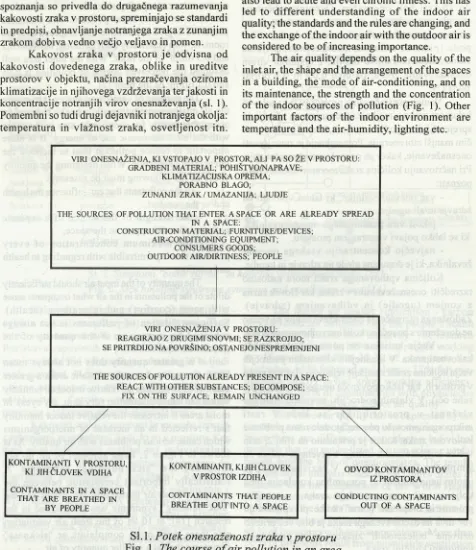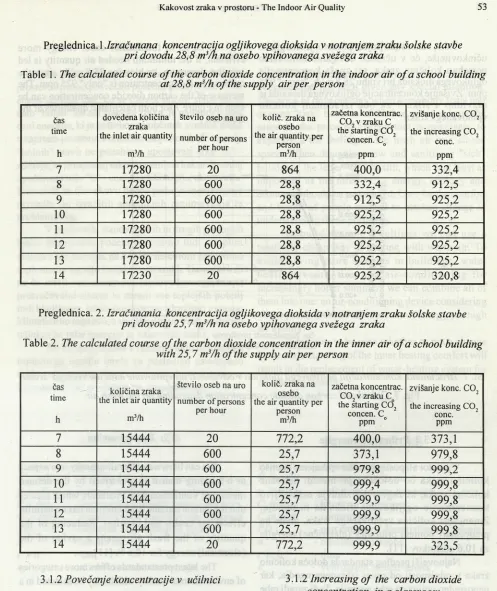The Indoor AQir Quality – The Reason for Replacement of Water-Heating System by Air-Heating System
Full text
Figure

![Fig. 2. Sick building syndrome symptons and ventilation rates [14]](https://thumb-us.123doks.com/thumbv2/123dok_us/8957815.1867183/4.525.25.495.49.594/fig-sick-building-syndrome-symptons-and-ventilation-rates.webp)


Related documents
To determine whether acceptable health and safety conditions are being achieved by measuring the health and safety standards found in a work area against predetermined standards.
in hospital margin for elective surgery by changing operating room time allocations or.. increasing nursing staffing to permit completion of more cases: A
HEATING THE SPACE: If your system includes a heating unit and the comfort control switch is in the “HEAT” position, the system will operate as follows: When the indoor tempera-
• Combination of split heat pump system with external and internal unit plus gas condensing boiler • For central heating and domestic hot water • Maximum flow temperature
Subject to the boiler output and operating temperature of the heating system, the water quality for heating systems is regulated by local regulations governing "Water quality
Forced-air heating systems with a furnace as the heat source are the most common type of central heating system used in Canada.. A forced-air system can filter and humidify the air
As duration of unemployment grows reservation wage formation becomes more realistic with lagged wages exerting progressively less inßuence, while market wages exerts a greater
requirement seeks “to prevent fraud or undue influence by a witness to a will to thwart the intention of the [testator].” 357 For thousands of years this rule has sought to maintain
